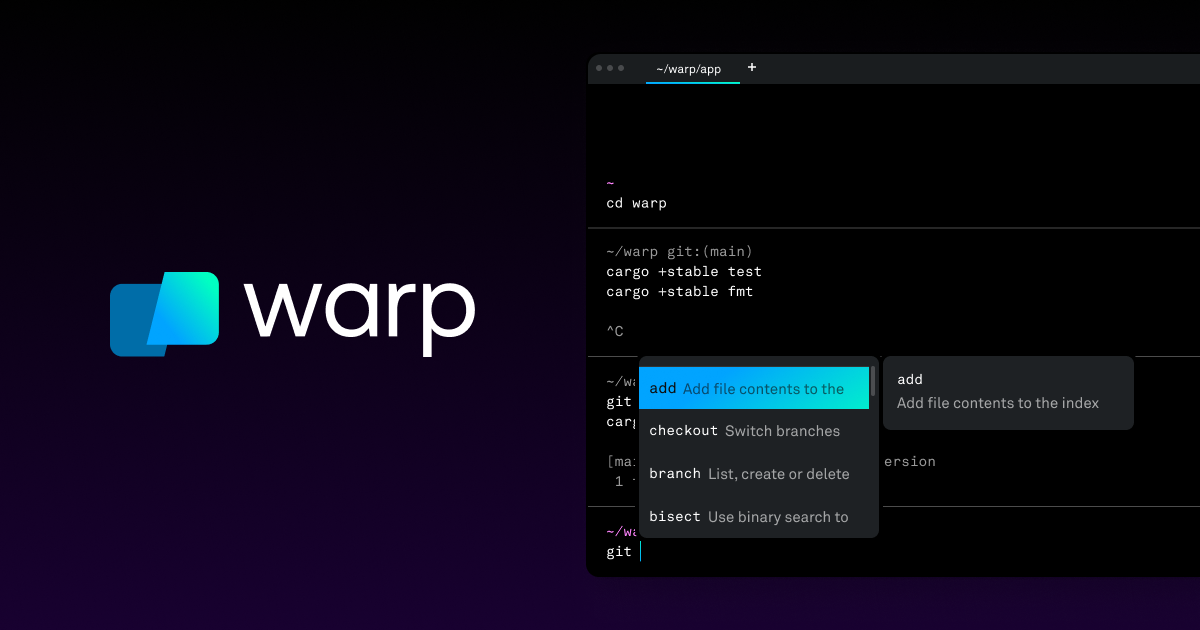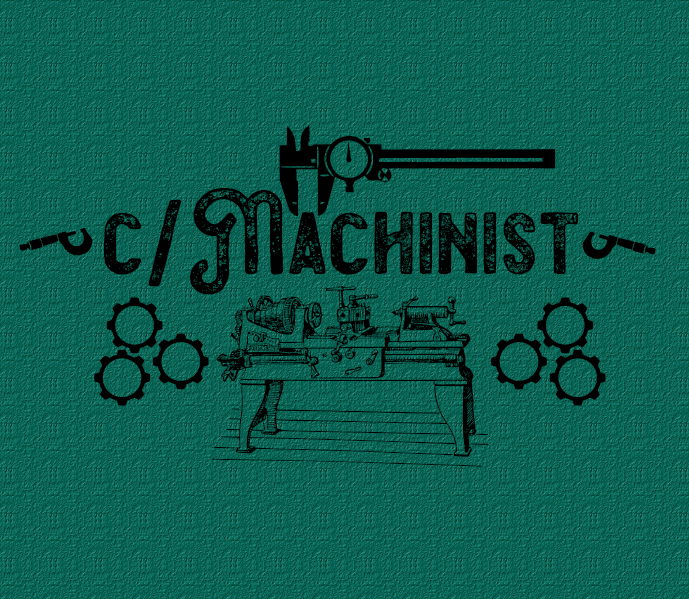

I am somewhat in the same boat, but more gentoo sided. For the main repo they killed mkstage4 because its outdated and insecure. So like you i wanted to backup my data (my gentoo install) to my nas or local storage. Rsync is the magic bullet for this. You can use ssh to securley transfer data to or from the server. And it automate it via a cron job (i suggest fcron) for a automatic timed backup/sync. Now i will add, rysnc can be used as a backup. But as the name implies it syncs data from one pc to the other. So if you break your desktop and it syncs to your server. Your SOLPDQ, thats only if you automate it tho.
And for the services id reccomend making a directory and adding all the services to a group, which owns the directory. Or the more lazy solution, which is probably frowned uponed. But you can rsync your docker container data to a directory where it has permissions to copy/sync.
Id highly recommend Rsync tho and just syncing offsite to another computer











Yes, good
But what init system?
;)
Gentoo is great